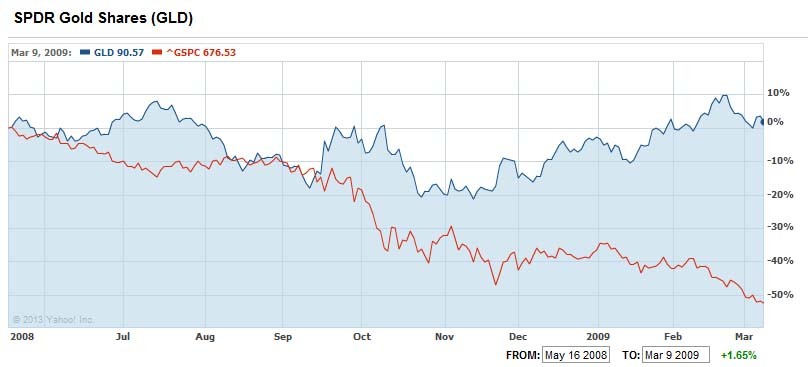Sensible stock investing timing market timing investing stocks buy and hold
Post on: 19 Апрель, 2015 No Comment

Buy-and-Hold vs. Timing
by David Van Knapp, author of
SENSIBLE STOCK INVESTING:
How to Pick, Value, and Manage Stocks
THE TOP 40 DIVIDEND STOCKS FOR 2010:
How to generate Wealth or Income from Dividend Stocks
November, 2006
The most important factor in stock market success is controlling risk.
Risk, of course, includes not only the possibility that you will lose money, but
also the possibility that you will miss out on a chance to make money.
The Sensible Stock Investor uses a variety of methods for managing risk. One
of these is timing. Timing means selecting the optimum point in time to
make a transactionto buy or to sell.
Much stock investment literature derides timing as a risk-control measure. Most
advisers focus solely on asset allocation, diversification, and perhaps hedging
strategies. For example, whenever you see statistics about how much of your
money you should have in large-cap stocks, small-cap stocks, bonds, cash,
etc. the recommendations are based on long-term performance statistics for
those asset types. In other words, the advice is always based on the
presumption that you will Buy and Hold each asset. That underlying premise is
almost always unstated. The use of timing as an additional way to control risk is
ignored or criticized as impossible.
However, to the Sensible Stock Investor, timingthat is, not Buying and
Holding everythingis a valid risk-control technique. It turns out statistically
that not being invested in stocks when they are going down contributes
much more to positive returns than being fully invested all of the time.
Timing can be used in both buy and sell decisions. It helps determine when to
purchase a stock (thus reducing the risk that you will miss out on a chance to
make money on the stock), and it also helps determine when to sell it (thus
reducing the risk that you will lose money on the stock). Even Warren
Buffettwho is reflexively associated with Buy-and-Holdpractices
timing. There are many periods when he holds a great deal of his assets in
cashwaiting for the right time to buy. And he has sold more than a few stocks
in his career—he does not hold onto everything forever.
Therefore, timing is a tool in the toolkit of the Sensible Stock Investor to
practice risk management. It does not fully control buy, hold, and sell
decisions, but it does influence them. The idea is to have more of your money
in the market when there is a greater chance for gain, and to have less invested
when there is a greater chance for loss. The whole idea is to stack the odds in
your favor as much as you can. Timing helps you do that.
Timing is based on indicators. Indicators are simply pieces of information that
may be predictive of future performance. Thus, they are signals whether to buy,
hold, or sell. Wed like to be more fully invested when the market is going up,

and less fully investedor entirely in cashwhen the market is going down.
Indicators can help us toward that goal.
Because individual investors cannot spend all day studying the market, the best
data for developing a timing indicator for the individual must be (1) readily
available, (2) free, and (3) easily understood. It turns out that we can find such
information without too much trouble.
For example, I employ data on broad market trends, broad market valuation,
economic trends, and interest rates. I put them together into a straightforward
timing indicator that I call the Timing Outlook .
The idea is that the Sensible Stock Investor can use the Timing Outlook to
influencebut not totally determinehis or her decisions about when and
whether to buy, hold, or sell particular stocks or ETFs. The Timing Outlook is
used in conjunction with the other tools of Sensible Stock Investing. The whole
toolkitselecting excellent companies, valuing their stocks, maintaining a well-
rounded portfolio, controlling risk, and so oncreates a sound latticework of
complementary techniques. These techniques lead to superior results, principally
because they help you to manage investment risk.
A word about psychology: The Sensible Stock Investor creates all his or her
tools as objectively as possiblewhen he or she is thinking most clearly, not in
the heat of a fast-moving market. Psychologically, it can be hard to follow any
system which is giving a seemingly non-intuitive signal. But thats why you have
a system in the first place: So you can follow it when objective thinking is most














